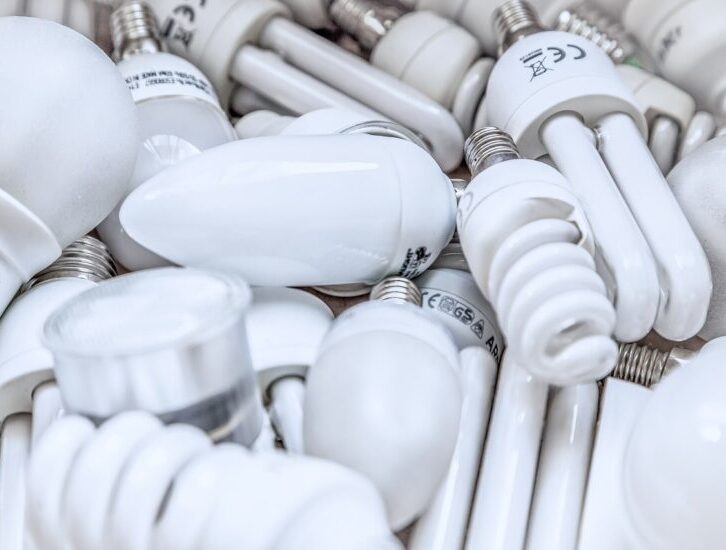Energy Competition
Dorm residents compete to reduce their energy and water usage in events such as UR Unplugged and Sustain-a-bowl.
Energy Mountain
Energy mountain is a diagram that lists activities that a person can do in the office and around the UR, and for each activity it states a dollar amount in energy savings. As you climb the mountain of activities, the activity takes more effort but the energy savings is greater.
Lighting Retrofit
T-12 lights and magnetic ballasts were replaced with T-8 lights, HID lights and electronic ballasts, or LED lighting which are more efficient and save energy.
NYS Energy Research & Development
University of Rochester participates in the New York State Energy Research and Development Authority program which financially supports the use of innovation and technology.
Occupancy Sensors
Sensors turn the lights on when they sense someone coming into a room or area, and then turn the lights off some time after sensing the room is empty.
On Off Scheduling
Reduce energy use through on-off scheduling of building systems and outside lights using automated building controls.
Tier 1 Greenhouse Gas Inventory
126,508 metric tons of carbon dioxide equivalents for CY 2012.
CFC Free Plant
A plan to keep the plant chlorofluorocarbon free included purchasing items that do not contain or use CFCs and are therefore “ozone safe”. Another part of this plan is that a chiller was switched to a non-ozone depleting refrigerant and 12,000 pounds of CFCs (R-12) were retired.
Chilled Water Optimization
Focuses on optimum utilization of equipment that uses chilled water, and controlling chill water supply and return temperatures.
Hot Water
Provides an energy savings by converting from steam heat to hot water heat, which utilizes the hot water by-product of Co-Gen.
Low Knox Burners
Prior to 1998, heating and cooling the University required the emission of up to 335 tons per year of NOx (Oxides of Nitrogen). Then the University switched from coal to natural gas and the Central Plant team installed burners that would meet anticipated future emissions standards. This lowered the University’s annual NOx emissions to 74 tons per year.
Cogeneration
The University of Rochester’s cogeneration plant, built and commissioned in 2006, is defined as a combined heat and power (CHP) that integrates the production of usable heat and power (electricity), in one single, highly efficient process. The University uses steam produced in its boilers to drive steam turbine generators. The steam that is delivered to the steam turbine drives an electric generator to produce 60 hertz, A.C. electric power. The steam exhausted from the turbine is then used to heat a hot water heating loop that delivers approximately 200 degree hot water to campus buildings and the medical center for space heating and domestic hot water heating. This is an extremely efficient system.
Combined heat and power plans are significantly more efficient than a traditional utility power plant which generate electricity but reject the steam turbine exhaust to atmosphere, doing no useful work. With conventional power plants vast amounts of heat are simply wasted. In today’s coal and gas fired power stations, up to two thirds of the overall energy consumed is lost in this way. Combined heat and power plants can approach 75 to 80% thermal efficiency.
The University’s cogeneration plant has provided approximately 1/3 of the campus electric power needs annually, with over 50 million kilowatts produced in fiscal year 2014. The plant has two steam turbine generators, with nameplate ratings of 7 megawatts and 18 megawatts. Both steam turbine generators use steam generated in the central utility plant’s steam boilers, which burn natural gas.
Real Time Metering
Records the energy usage for electricity, chilled water, city water, steam and hot water as it is being used.
CFC Reclamation
This is a federally mandated program intended to protect to ozone layer. Those who work on CFC/HCFC containing equipment must be certified and follow proper protocols for ensuring ozone depleting compounds are collected and managed in accordance to EPA regulations.
Low Sulfur Fuel
The Central Utilities plant uses a low sulfur fuel oil (0.05%) which helps alleviate unpleasant odors as well as significantly cut sulfur dioxide emissions. Since converting to natural gas and low sulfur oil, annual emissions of sulfur dioxide has dropped from 1,600 tons per year to 1.25 tons per year for 2005.
Lighting Bulbs
Low mercury fluorescent bulbs are generally used. All fluorescent lamps are collected for recycling of mercury, glass, phosphor, and aluminum ends. Over 5 tons were recycled in 2005.

